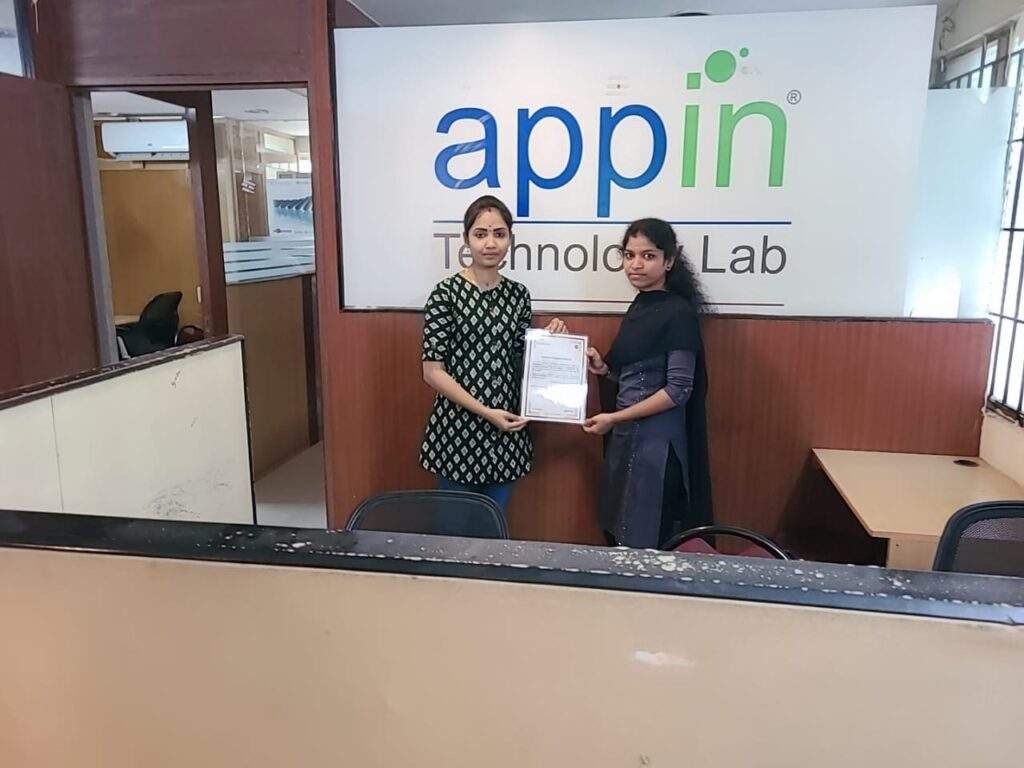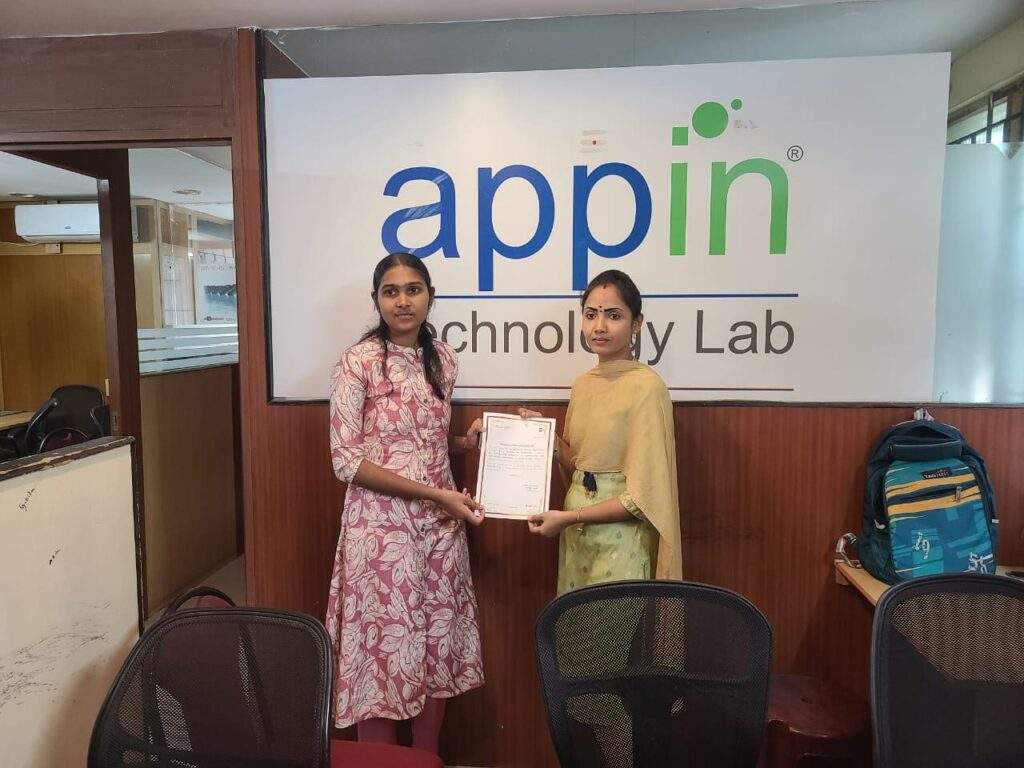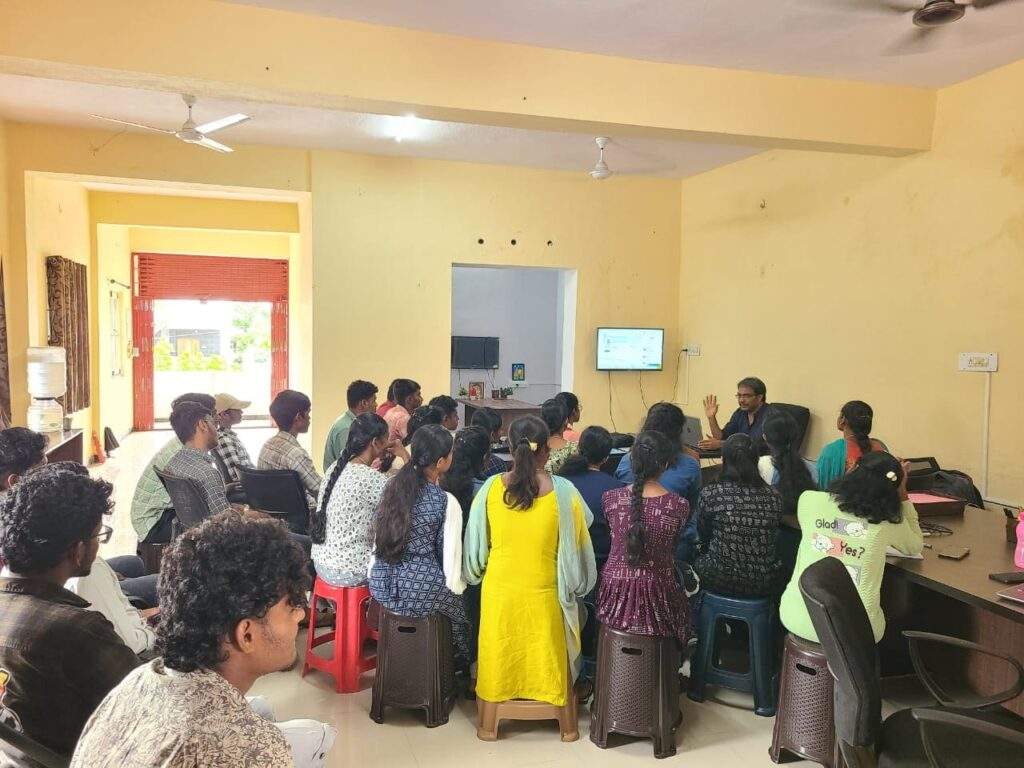
Essential HR Strategies for Organizational Success
Human Resources (HR) is essential to the success of any organization, acting as the bridge between management and employees. Effective HR practices not only drive recruitment and retention but also shape workplace culture and enhance employee engagement. In today’s fast-paced business environment, staying updated on HR best practices is crucial for addressing challenges and fostering a positive work atmosphere. This guide offers actionable HR tips to help professionals navigate recruitment, performance management, and employee relations. By implementing these strategies, you can create a more effective HR function and contribute to your organization’s overall success.
HR Professionals’ Training in Communication Skills
Success in both personal and Human Resources (HR) professions is largely dependent on effective communication. Our HR professionals-only Communication Skills Training module focuses on helping them build the kind of thorough communication skills that are necessary to succeed in the fast-paced HR landscape of today. The goal of this program is to improve your written and verbal communication skills, attentive listening skills, and professional appearance.
Skills for Both Verbal and Nonverbal Communication
In HR, verbal communication refers to the words we use and the way we use them to express our ideas to others inside the organization. When engaging with employees, conducting interviews, or resolving problems, HR professionals must pay close attention to elements like tone, clarity, and articulation. Being able to communicate clearly and persuasively in a variety of HR situations is a sign of mastering verbal communication. In order to make sure your messages are understandable and powerful in all HR communications, we will look at ways to enhance your vocabulary, sentence structure, and pronunciation.
Contrarily, non-verbal communication includes eye contact, gestures, facial expressions, and body language. These components frequently convey information more effectively than spoken words and have a big impact on how your messages are understood in HR contexts. During this session, you will learn how to effectively use body language to support spoken communications and prevent miscommunication when interacting with stakeholders and employees. Gaining an understanding of nonverbal signs from others can help you interact more effectively with them and forge closer HR connections.
Techniques for Active Listening and Feedback
A vital element of efficient HR communication is active listening. It entails paying close attention, comprehending, reacting, and recalling what is stated during performance evaluations, employee interactions, and dispute resolution. We will show you how to practice active listening in this section of the program by helping you stay focused, keep your mouth shut, and give pertinent answers. In order to guarantee mutual comprehension in HR scenarios, you will also acquire strategies for summarizing and reflecting back what you have heard.
Another important component of communication in HR is feedback. Constructive feedback-giving and -taking can boost worker productivity and promote organizational development. We’ll walk you through how to give constructive criticism in a way that is both courteous and useful, as well as how to take criticism properly and apply it to advance HR procedures. This will assist you in fostering an atmosphere of open communication where criticism is seen as a tool for growth rather than as a source of offense.
Proper Phone and Email Etiquette
HR relations in the modern digital age rely heavily on phone and email contact. You will get the ability to write professional, polite, and succinct emails that follow HR guidelines after completing our program. You will discover the subtleties of HR-specific email etiquette, such as appropriate format, tone, and the significance of prompt replies.
HR personnel need to be as proficient in phone communication. We’ll go over how to sound professional over the phone, including how to pronounce words clearly, pace yourself appropriately, and listen well. Additionally, you will learn how to handle phone calls in a variety of HR settings, such as stakeholder talks and employee inquiries, so that you can speak clearly and confidently.
Public Speaking and Presentation Techniques
For HR professionals who need to captivate their audience and communicate information properly, effective presenting abilities are crucial. This portion of the program will teach you how to logically organize presentations, make efficient use of visual aids, and apply strategies to keep audiences interested during HR meetings, training sessions, and company-wide presentations. Additionally, we’ll cover public speaking techniques including overcoming nervousness, exuding confidence, and interacting with the audience using body language and eye contact to convey power and influence.
HR practitioners will be more capable of navigating corporate environments, fostering enduring connections with employees, and accomplishing HR objectives if they can effectively communicate. Our instruction seeks to give you useful tools and techniques to improve your total efficacy of communication, guaranteeing your ability to articulate yourself in a clear and appropriate manner in every HR scenario.
Development of Placement Strategies
Formulation of the Strategy: Create and carry out a thorough placement plan that satisfies both the requirements of the trainees or students and the objectives of the organization. This involves establishing goals for industry sectors, target firms, and placement rates.
Market analysis: To customize placement methods, analyze market trends, employment possibilities, and industry trends. Determine the skill needs and developing industries to direct students toward appropriate career pathways.
Building Strong partnerships with Potential Employers
Create and nurture partnerships with businesses, associations, and employment agencies. Make connections with professionals in the field to generate job prospects.
Partnership Development: To help with employment placements, establish alliances and cooperative efforts with companies. Work together with companies to learn about their preferences and requirements for hiring.
Placement Management
Job matching involves finding appropriate employment opportunities that align with the abilities, qualifications, and career goals of trainees or students. Match candidates with suitable roles by using career counseling and assessment tools.
Placement Drives: Plan and oversee job fairs, recruitment activities, and placement drives. Organize interviews, handle logistics, and make sure students are ready to meet with prospective companies.

















